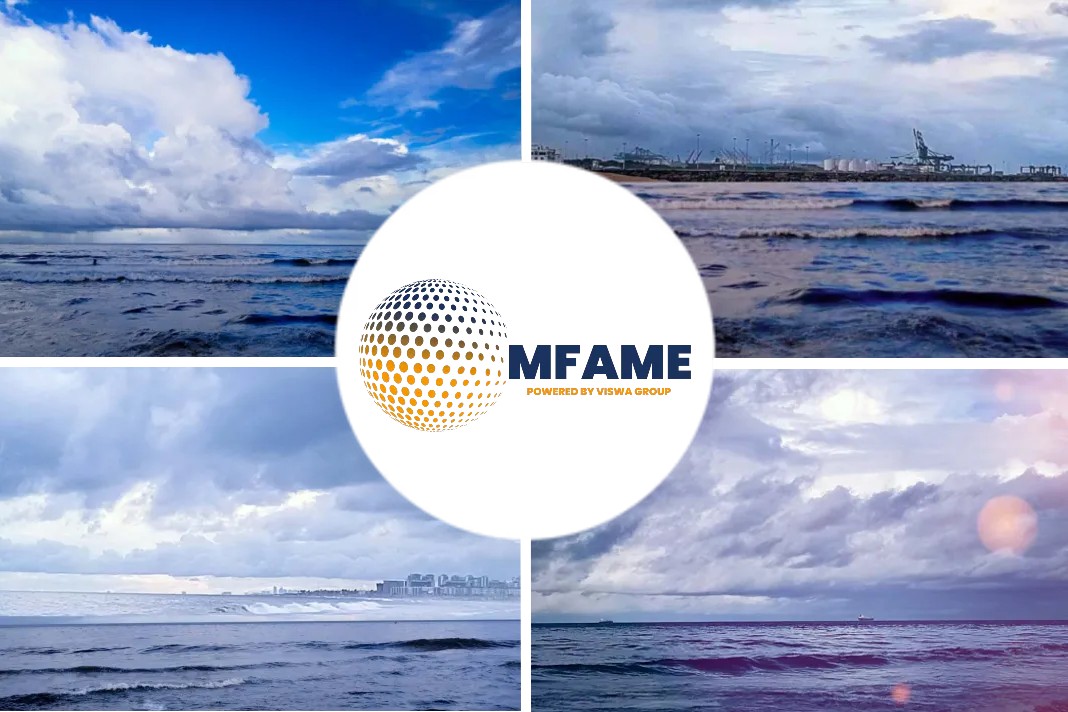
No Rain in Panama Means More Pain in LNG, cites a Washington Post news source.
Global energy market is defined by chokepoints
A wonder of the modern world providing a short-cut between the Atlantic and Pacific Oceans, the canal has also become a major trade route for liquefied natural gas, or LNG, from the US Gulf Coast to the growth markets of Asia, following a big expansion completed in 2016.
But here’s the rub: Its system of artificial lakes and locks requires plentiful rainfall in order to handle the deep drafts of large ships. As part of efforts to conserve water and maintain passage, the canal operator has reduced the maximum draft allowed on its newest locks that carry the largest vessels. In theory, this shouldn’t affect LNG tankers, which enjoy shallower drafts than the current limits. However, Doug Brown, LNG marine manager at Poten & Partners, a consultancy, points out that container cargoes, which are more affected, may need to be split onto multiple ships to comply. Since the canal has only so many slots available per day, higher container traffic can create bottlenecks of its own.
LNG passes across the Panama Canal
Exactly how much LNG passes across the Panama Canal is hard to say. Bloomberg NEF tracks the number of laden (that is, full) tankers transiting the canal. Based on those figures and a slew of assumptions, perhaps 5% of the global LNG trade sails through there. Assuming the vast majority of those cargoes originate in the US, though, the canal may handle somewhere approaching 60% of US LNG exports to the Asia-Pacific region.(1)
It takes the average LNG tanker 21 days to sail from the Gulf Coast to Japan via the Panama Canal, compared with 34 days going east via Suez, according to Bloomberg NEF. A shorter sailing time means lower costs, including the burning of less fuel. But those numbers are also subject to change, since ships that haven’t booked a slot sufficiently ahead of time can be forced to wait for days or even a week or two to gain entry to the canal.
In the near term, disruption to the US-Asia LNG trade is unlikely. Think of it more as friction if sailing slots are squeezed. If a shipper decides the Panama Canal route is risky, they can likely just ship eastward instead, paying the extra cost. Moreover, the war in Ukraine, with its associated disruption of Russian pipeline gas exports, has pulled a larger number of US LNG cargoes across the Atlantic anyway. The number of LNG tankers transiting the Panama Canal fell by roughly 30% in the operator’s fiscal year ending September 2022, encompassing the first seven months of the war. The ongoing war, combined with a harsher winter in Europe later this year, could well keep traffic down anyway.
The question for the global gas market concerns the climate in Panama over the next several decades. In announcing measures to cope with the drought, the canal operator warned that the expected arrival of the El Niño phenomenon could make things worse. More ominously, it also added that what used to be a five-year cycle between droughts has sped up to once every three years. Whether that pattern holds or not is difficult to say, but it does introduce an extra layer of risk to a vital crossing for trade, LNG included.
Therein may lurk an opportunity for LNG projects on North America’s Pacific coastline. Two large export projects are under construction already, one in Baja California, Mexico, and the other in British Columbia, Canada. A long-proposed project to bring Alaskan gas to Asia is also enjoying a revival, at least in terms of subsidies being made available and rhetoric being deployed. The big advantage of all such projects, both real or potential, is their proximity to the largest and fastest-growing LNG market on the planet. Baja to Yokohama takes less than two weeks; a ship sailing from Kitimat in British Columbia can get there in 10 days. And all without having to pay tolls, wait your turn or forecast Panamanian rainfall.
At a broader level, the Russian invasion of Ukraine has served to reemphasize the long-standing, but sometimes dormant, imperative of not becoming too dependent on this or that country for vital energy supply. The same is true for chokepoints. Stuff happens, be it war or weather, and suppliers offering a way around such hurdles can find themselves suddenly in demand.
More from Bloomberg Opinion
• A Hotter Planet Is Already Warping Asset Prices: Jonathan Levin
• Smoky Orange Haze Amplifies Focus on Ventilation: Brooke Sutherland
• Water Risks Are Coming to Bite Investors: Lara Williams
(1) This uses a figure of 261 laden transits in 2021, according to Bloomberg NEF data. Assume each tanker has an average capacity of 174,000 cubic meters, filled to 98.5%, and that equates to about 20 million tonnes of LNG or 27 billion cubic meters of natural gas (these assumptions are courtesy of Poten’s Doug Brown). That figure equates to 5.3% of global LNG trade or 59.5% of US LNG exports to Asia-Pacific in 2021, using trade statistics published by BP.
This column does not necessarily reflect the opinion of the editorial board or Bloomberg LP and its owners.
Liam Denning is a Bloomberg Opinion columnist covering energy and commodities. A former investment banker, he was editor of the Wall Street Journal’s Heard on the Street column and a reporter for the Financial Times’s Lex column.
More stories like this are available on bloomberg.com/opinion
Did you subscribe to our newsletter?
It’s free! Click here to subscribe!
Source: Washington Post






















